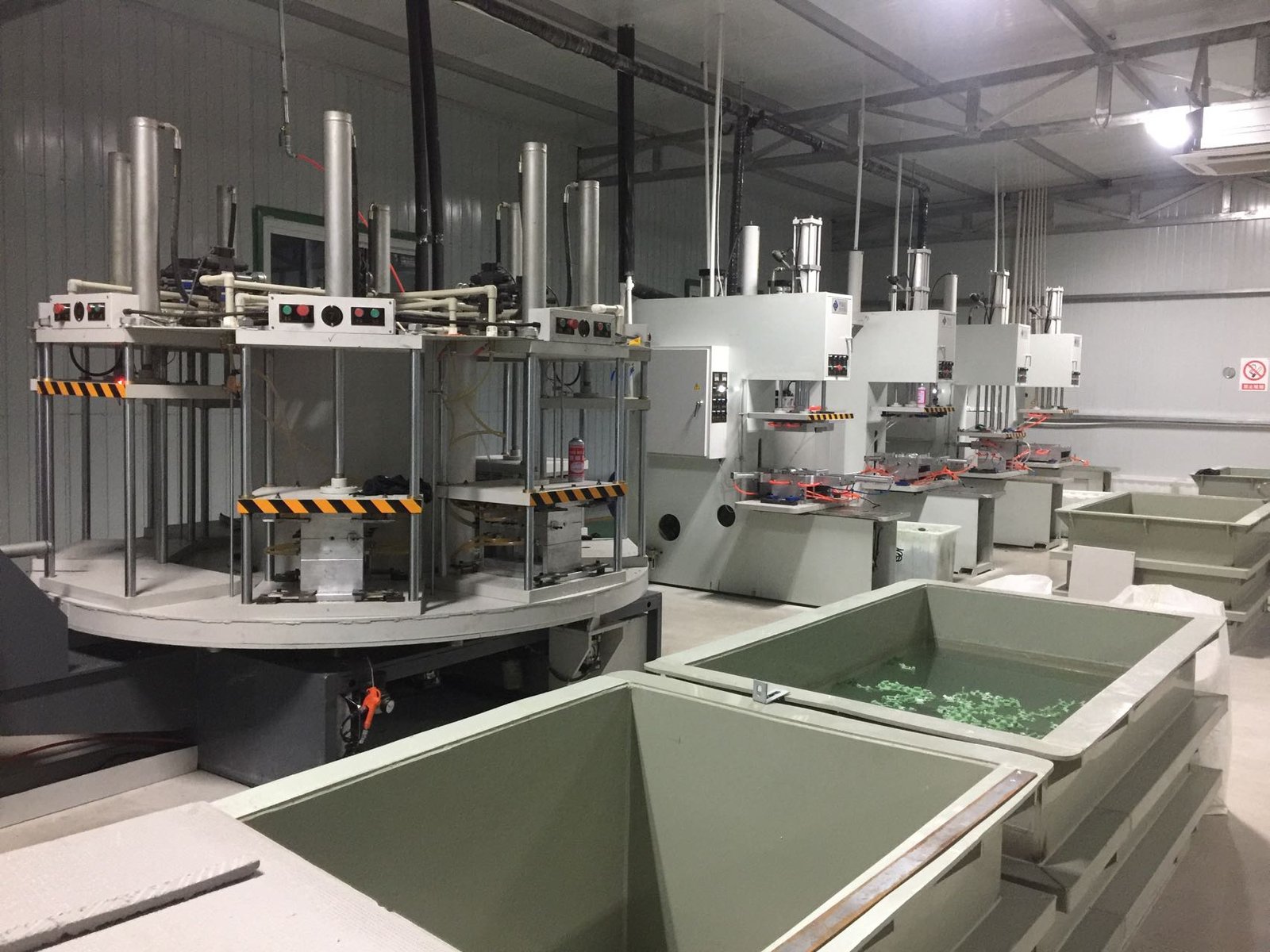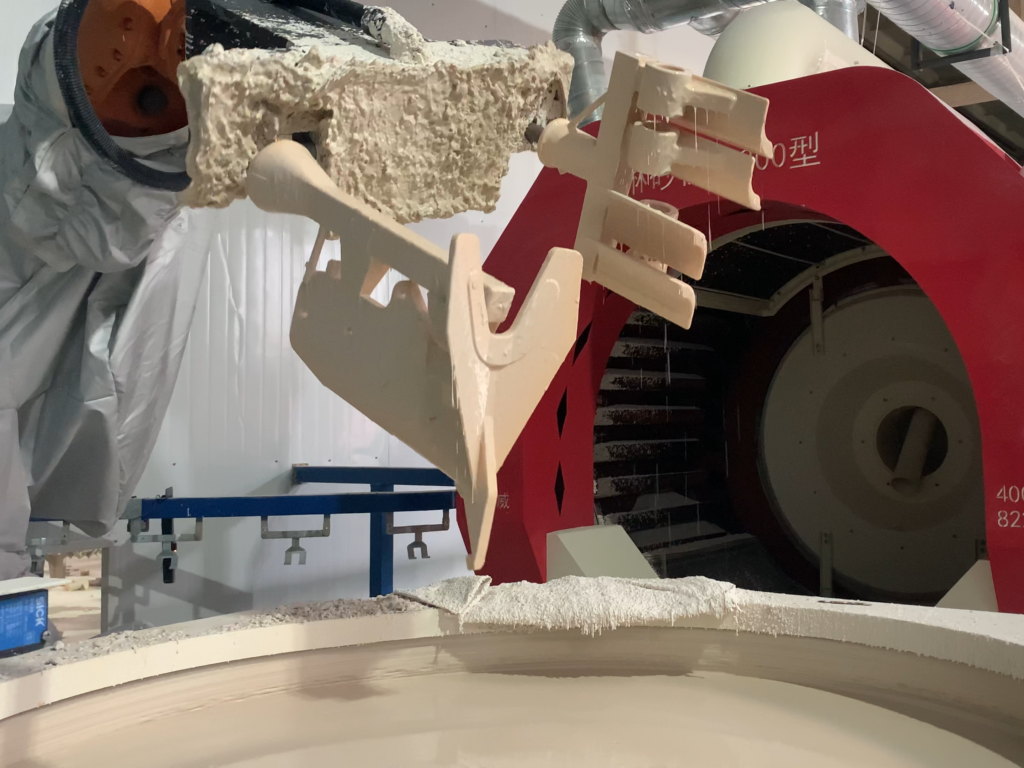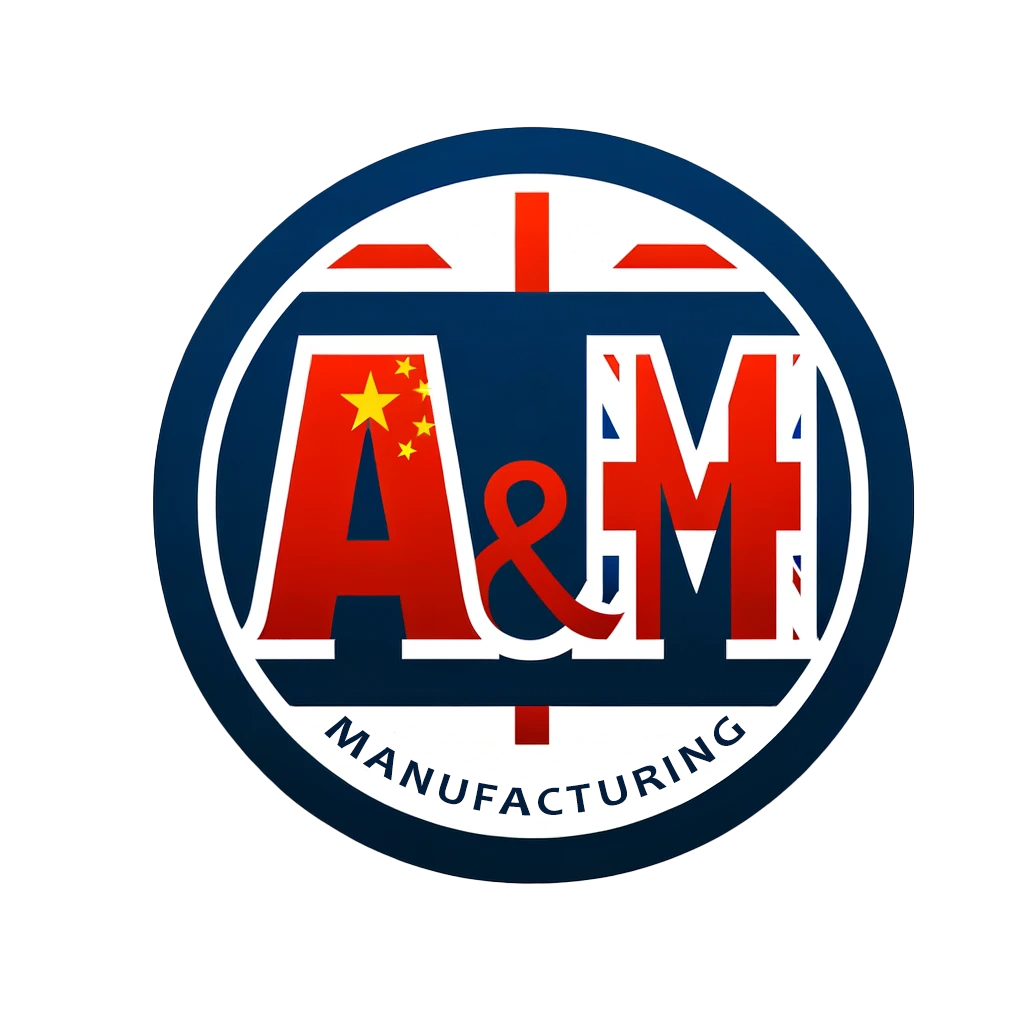Address
2 Porters Mews
Codicote, Hertfordshire SG4 8US
Send An Enquiry
info@manufacturingsolution.co.uk
Investment casting, also known as lost wax casting, is a traditional manufacturing process that originated thousands of years ago. This process is utilised to create metal parts and components with complex shapes and intricate details. It is a cost-effective method to produce complex parts.
The process commences with the crafting of a wax or plastic pattern, an exact replica of the desired part. Our experienced engineers excel in designing tooling for creating these patterns. Once the tools are devised, we utilise 3D printing for initial rapid prototyping, which undergoes testing before the production phase. Subsequently, the pattern is coated with a ceramic slurry to form a shell around it. After the shell has hardened, the wax or plastic is melted out, leaving behind a cavity in the shape of the desired part. Molten metal is then poured into the cavity, filling the space vacated by the melted pattern. Following solidification, the ceramic shell is removed, revealing the finished metal part. Investment casting is esteemed for its capability to produce parts with tight tolerances, excellent surface finish, and intricate geometries.
Here at A & M Manufacturing Company Ltd, we possess the capability to manufacture metal parts and components with extremely tight tolerances and complex and intricate shapes and designs, both internally and externally. We can cast metal parts and components with a wide range of materials using the investment casting technique, including stainless steel, carbon steel, cast iron, aluminium, and many more.
1. Pattern Creation
The process begins with the creation of a master pattern, typically made from wax, but sometimes plastic or frozen mercury are used. This pattern is an exact replica of the part to be cast, including allowances for material shrinkage during the cooling process.
2. Assembly
Multiple wax patterns are attached to a central wax sprue, creating a tree-like assembly. This assembly allows multiple parts to be cast in a single process, improving efficiency.
3. Shell Creation
The wax tree is dipped into a ceramic slurry, coated with fine sand, and then left to dry. This process is repeated several times to build up a thick ceramic shell around the wax patterns. Each layer must dry thoroughly before the next is applied, ensuring the shell’s strength and thickness.
4. Wax Removal
Once the ceramic shell is dry and hard, the wax is melted out, leaving a hollow cavity in the shape of the patterns. This step is typically done in an autoclave or by using steam to ensure complete wax removal.
5. Ceramic Shell Firing
After wax removal, the ceramic shell is fired at high temperatures to burn out any remaining wax residue and to strengthen the mould. This firing process hardens the shell and prepares it for the metal casting phase.
6. Pouring
The molten metal, which can be steel, aluminium, bronze, or any other alloy, is poured into the preheated ceramic shell. The metal fills the cavity left by the wax patterns, taking on the precise shape of the original designs.
7. Shell Removal
Once the metal has cooled and solidified, the ceramic shell is broken away to reveal the metal casting. This is often done using vibration or by blasting with water or media.
8. Cut-off and Finishing
The individual castings are cut away from the central sprue using a high-speed cutting tool. The parts are then finished, which may involve grinding to remove any marks from the sprue attachment points and further machining for dimensional accuracy.
9. Inspection and Quality Control
The final step in the investment casting process is inspection and quality control. Castings are inspected for dimensional accuracy, surface finish, and structural integrity. Techniques such as X-ray, ultrasonic testing, and dye penetrant inspection may be used to identify any internal or surface defects.
Unlike other manufacturing processes, investment casting offers several clear advantages, particularly for smaller products with intricate and complex designs. The advantages are as follows:
A & M Manufacturing Company Ltd has one of the world’s most advanced silica sol investment casting techniques. The complete implementation of silica sol binders in investment casting has revolutionised the process in several key ways:
We offer silica sol investment casting services from our Chinese affiliated foundries and workshops, while we provide tooling design and manufacturing guidance and support. Our capabilities include:

We take pride in our ability to manufacture investment casting parts of the highest quality and meet your requirements. Over the past 30 years, we have consistently delivered top-quality products and solutions for safety-critical sectors such as aerospace and railway systems.
With 30 years of manufacturing experience, we have worked with a wide array of industries and applications, placing us in a leading position as a provider of manufacturing solutions, services, and product supply.
In addition to our expertise in providing valuable guidance and support, we are equipped to work with the most advanced facilities and equipment in the industry, ranging from wax pattern production equipment such as automated wax injection machines to inspection equipment including X-Ray machine.
Our large manufacturing network in China and Taiwan has made us extremely cost effective.
Beyond our manufacturing expertise, we provide versatile supply options, such as UK-based stockholding facilities, to meet diverse customer requirements and preferences. This approach ensures streamlined logistics and prompt delivery.

There are numerous manufacturing processes available to consider, so why opt for investment casting? Several factors should be taken into account.
The investment casting process yields parts with unparalleled precision, making it ideal for products with intricate designs both internally and externally.
For medium to large order quantities, where the combined cost of tooling and casting is lower than that of machining, investment casting is a favourable option.
If a visually appealing surface finish is required for cosmetic purposes, the investment casting technique should be considered.
However, if your products exceed 50kg in weight, sand casting, which is typically more suitable for heavier items, may be a preferable choice.
